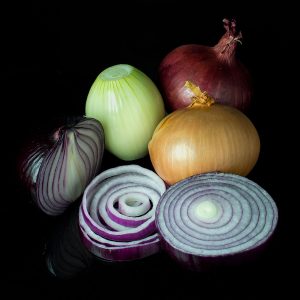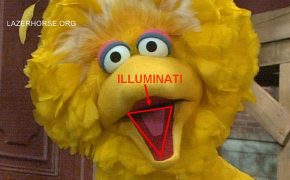Abnormal Plumage: Albinism, Leucism, Dilution, and More
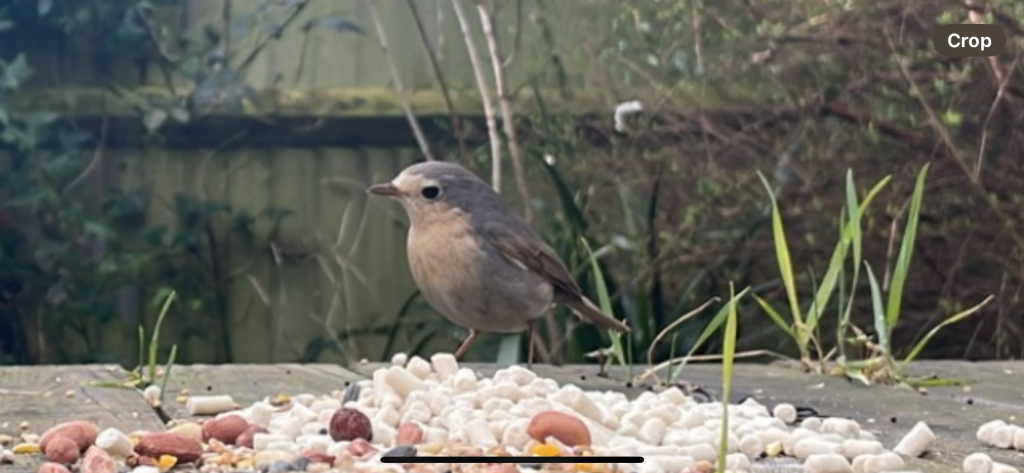
Recently, an odd-coloured European robin appeared in our garden. Its breast was cream rather than the familiar red. It took me some time to ID it, but its unusual hues piqued my interest.
So, to investigate, I pored over a paper called “Not every white bird is an albino: Sense and nonsense about colour aberrations in birds” by Hein van Grouw, a senior bird curator at the Natural History Museum in London.
Abnormal or aberrant plumage, like that of my new red-breasted friend, is often mistaken for “albinism” or “partial albinism.” Grouw has taught me that this is rarely correct.
Sadly, these birds face disadvantages in the wild. They may send the wrong signals to potential mates or rivals, and predators may spot them more easily. Also, feathers with less pigment are less robust, so they’re less efficient for flying and insulation.
This article explains the differences between the many forms of aberrant plumage. We cover albinism, leucism, dilution, melanism, ino, and more. It’s far more complicated than I imagined.
But first, here’s a quick note on pigments.
Pigments in birds
The two most common pigments in birds are:
- Caretonoids: pale yellow to scarlet red.
- Melanins: black, grey, dark brown, reddish brown, and yellow-brown.
Although we won’t cover them here, other pigments also play a lesser role, including:
- flavins
- porphyrins
- psittacofulvins
- pterins
- purines
- turacin
These occur much less often and play a minor role in colouration in birds, sometimes only in specific groups.
Carotenoids
These produce a wide range of colours. They’re taken in through food and converted into pigments by enzymes. The pigment is deposited in the feathers as they begin to grow.
The most famous example is the flamingo, which derives its dashing colouration from red carotenoids in its diet. Other birds that derive some of their colour schemes from carotenoids include the great tit, blue tit, chaffinch, greenfinch, goldfinch, and siskin.
However, not all red colouration is determined by carotenoids. The European robin’s red breast is due to melanin, for instance.
Any changes with carotenoid colouration are generally diet-related rather than genetic. In the wild, abnormal plumage caused by carotenoids is rare. It’s much more likely to be caused by melanin.
Melanins
There are two primary forms of melanin:
Eumelanin: Black, grey, and dark brown. This is the only pigment in skin and eyes. In feathers, it’s present in the central part.
Phaeomelanin: Reddish brown and yellow-brown to almost white. Mostly located on the edge of feathers.
When these two pigments are present at once, it can produce a wide range of colours. But some birds, like the rook and jackdaw, only have eumelanin.
Melanins are produced as the bird forms within its egg, and the chemical process is driven by an enzyme called tyrosinase in “colour cells.”
The final colour of a bird is normally determined by the concentration of melanins. However, because melanin production is genetically determined, if there’s a mutation in tyrosinase, it will influence the bird’s colouration.
Mutations that affect the environment between cells can also cause changes in the distribution of colour cells. This can alter or remove some or all of the colour from certain sections of feathers.
Finally, we should note that some colour is derived structurally — microscopic features on feathers scatter or reflect light to produce dazzling colours, like the turquoise-adorned kingfisher.
So, let’s get into the various categories of aberrant plumage. First, the one we’ve all heard of.
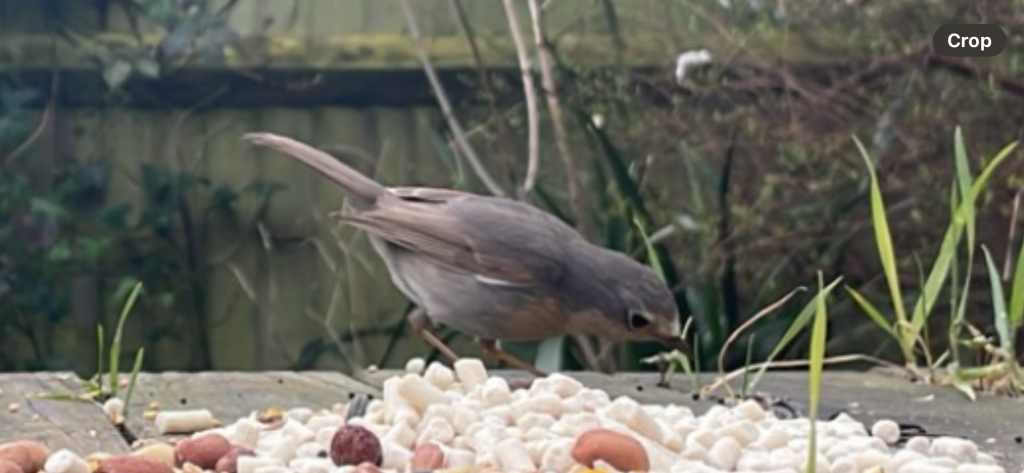
Albinism
Albinism is an inherited condition that causes a total lack of tyrosinase enzyme. Birds with albinism have no melanin in their feathers, eyes, or skin.
The genetic change that causes albinism is relatively common, but it’s rare to see albino adults in the wild. They have poor eyesight and stick out like a sore thumb, so they rarely survive into adulthood.
As an aside, there’s evidence that albino snakes aren’t more likely to be eaten by predatory birds. But that’s by the by.
Because they lack melanin, albino birds are generally pure white. Their skin and eyes are also white, but they appear reddish-pink because blood is visible below the white tissue.
If a bird is mostly white but still has some melanin, it’s not albino. And the term “partial albino,” although widely used, is meaningless — a bird has albinism, or it doesn’t. As van Grouw explains, “It is simply impossible, just like being ‘partially pregnant.’”
Albino birds aren’t always pure white, though. Because albinism doesn’t affect carotenoids, they can still have yellow or red colouration. However, they’ll still have reddish-pink eyes and skin.
Leucism
Leucism is another inherited disorder. It’s caused by a total or partial lack of eumelanin and phaeomelanin.
Unlike albinism, in leucism, tyrosinase is present and functioning. Instead, the change in colouration is due to faults in how melanin is deposited in feather cells.
This means that colourless feathers can appear at random over the bird’s body. Some birds have very few white feathers, while others might be almost pure white.
As with albinism, these affected feathers may not always be white, as leucism doesn’t impact carotenoids. Sometimes, skin and eyes look normal; other times, the skin might appear white.
However, in leucistic birds, the eyes are always fully functioning and remain dark. This means they’re more likely to survive than albino birds and consequently, they’re more commonly observed in the wild.
Brown
The blackness of eumelanin is produced by oxidation. In some birds, eumelanin is only partially oxidised. This means that any black feathers will appear lighter, i.e., brown.
Phaeomelanin is unaffected, so in species that only have eumelanin, the change in colouration is more pronounced than in birds with eumelanin and phaeomelanin. So, a “brown” sparrow, which has both, won’t look particularly unusual, but a “brown” crow, which only has eumelanin, will.
Feathers that lack eumelanin are more sensitive to sunlight and bleach relatively quickly. So, older feathers will become white. To differentiate “brown” birds from other plumage aberrations, you need to be holding the bird. Then, you can look at the feathers closer to the skin, which get less sunlight. They’ll still look relatively dark.
The “brown” genetic mutation is “recessively sex-linked.” Therefore, a “brown” bird with normal parents is always female. And this holds true for all bird species.
So, male “brown” birds are very rare because they only occur when two “brown” birds mate or if a “brown” female mates with a male carrying one copy of the “brown” allele.
Dilution
Dilution is caused by a genetic mutation that reduces the amount of melanin. There are two forms of dilution:
- Pastel: Melanin is reduced by about 50%. Both eumelanin and phaeomelanin are reduced. This makes black feathers grey and reddish-brown feathers yellow-brown.
- Isabel: Only eumelanin is reduced, making black feathers turn grey.
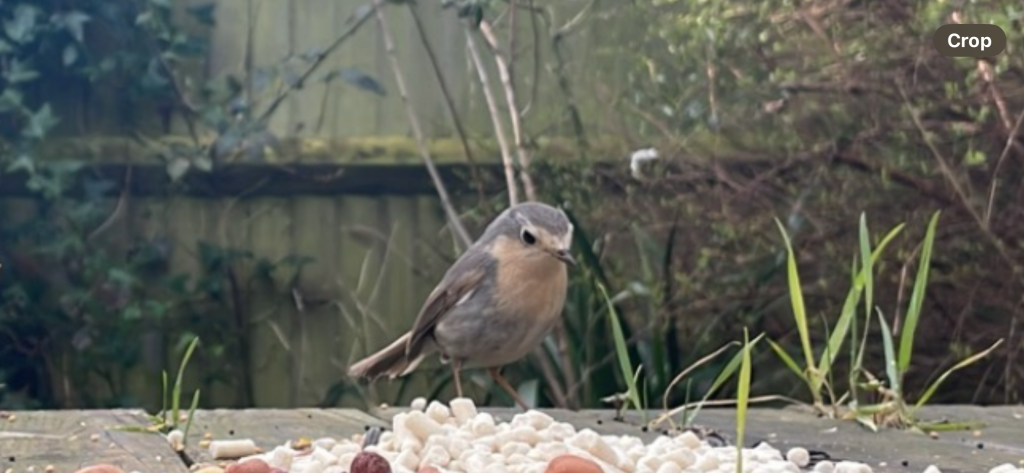
Ino
Ino is the reduction in quality of eumelanin. It hasn’t oxidized, so it doesn’t produce strong, dark colours. And phaeomelanin is almost absent. You can often still see the natural pattern on the birds, but it’s washed out. And older feathers, which easily bleach, may be almost white.
The eyes might also be reddish, but their eyesight isn’t as poor as albino birds. So, if you see an adult white bird with reddish eyes in the wild, it’s almost certainly an ino.
Schizochroism
Schizochroism is the loss of one type of melanin, and it’s quite rare. There are two subtypes:
- Phaeo: Eumelanin is absent. Only reddish-brown phaeomelanin remains.
- Grey: Phaeomelanin is absent. Only black and grey eumelanin remains.
Melanism
Melanism is an increase in melanin. Again, there are two types:
- Eumelanism: Increased eumelanin produces a darker-than-usual bird.
- Phaeomelanism: Increased phaeomelanin, making the bird almost entirely reddish-brown.
As far as we know, birds never have an increase in both melanins.
The final two
Finally, we’ll mention two groups that are quite common but difficult to recognise.
- Grizzle: These look similar to leucistic birds, but grizzled feathers are only partly without pigment.
- Acromelanism: In this unusual mutation, melanin varies depending on temperature. Colder parts of the bird, like the head, have more colouration than the warmer parts.
That was much more complex than expected, but still, an enjoyable cruise through the science of ornithological pigments. And if you spot an oddly coloured bird in your garden, The British Trust for Ornithology is running a survey on this topic. So, get in touch with them.
If you’d like to read more about pigments, this time in birds’ ancient ancestors, try this next: Were any dinosaurs pink?




